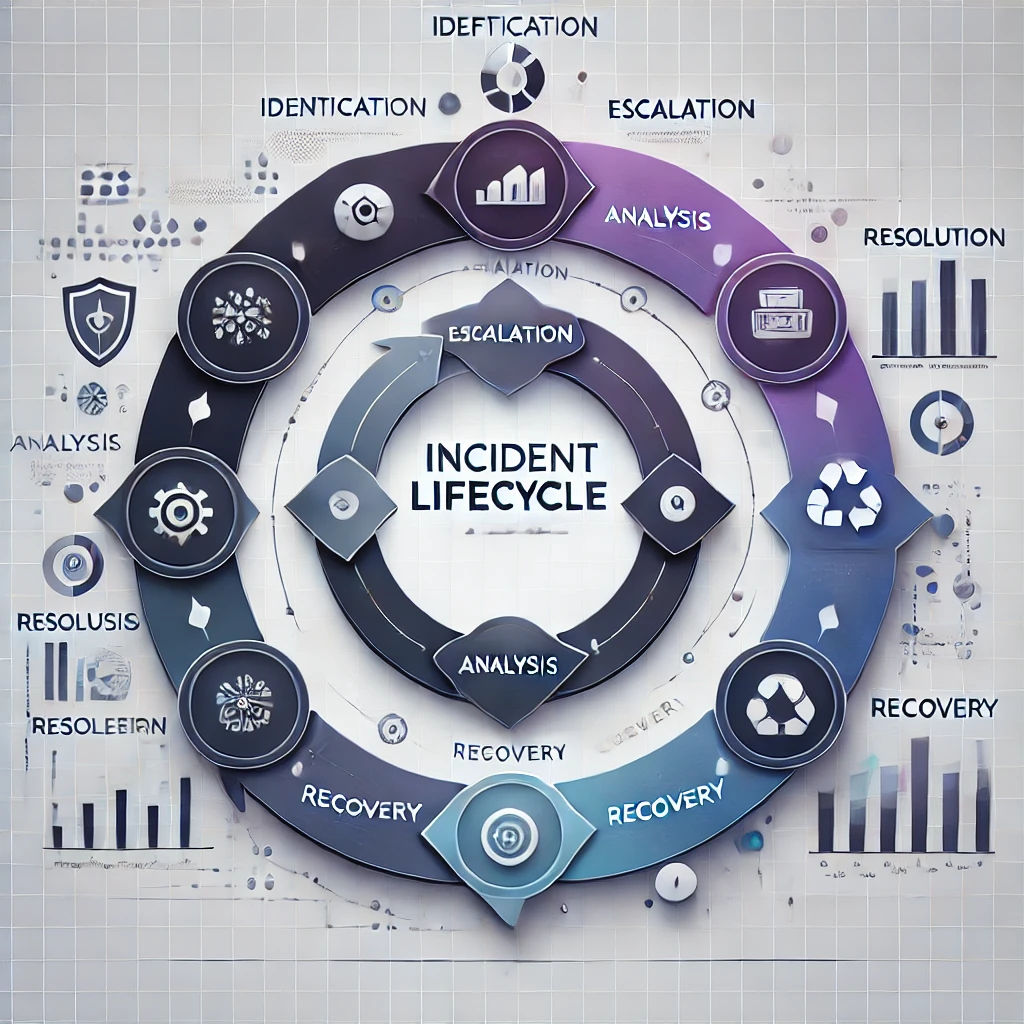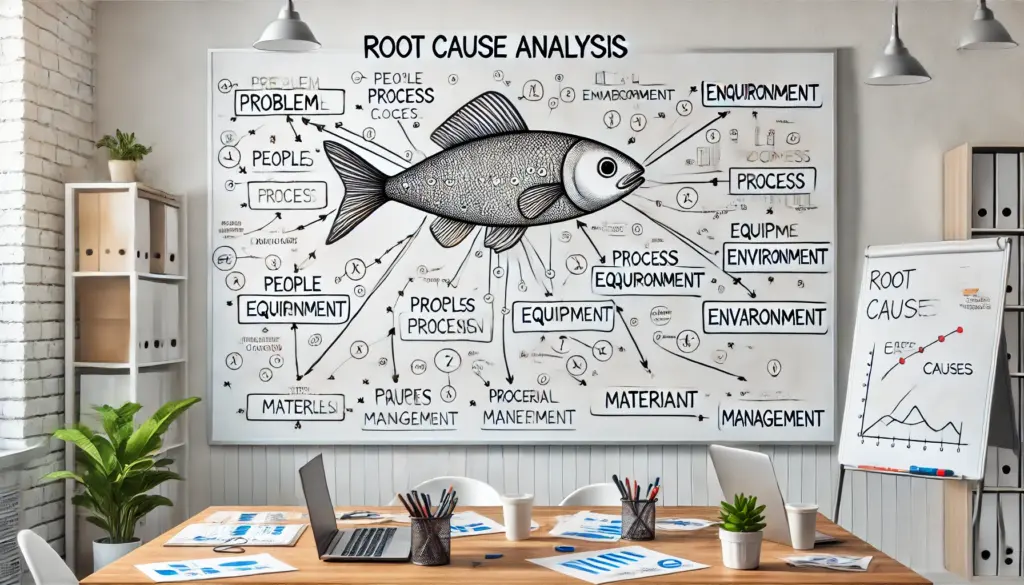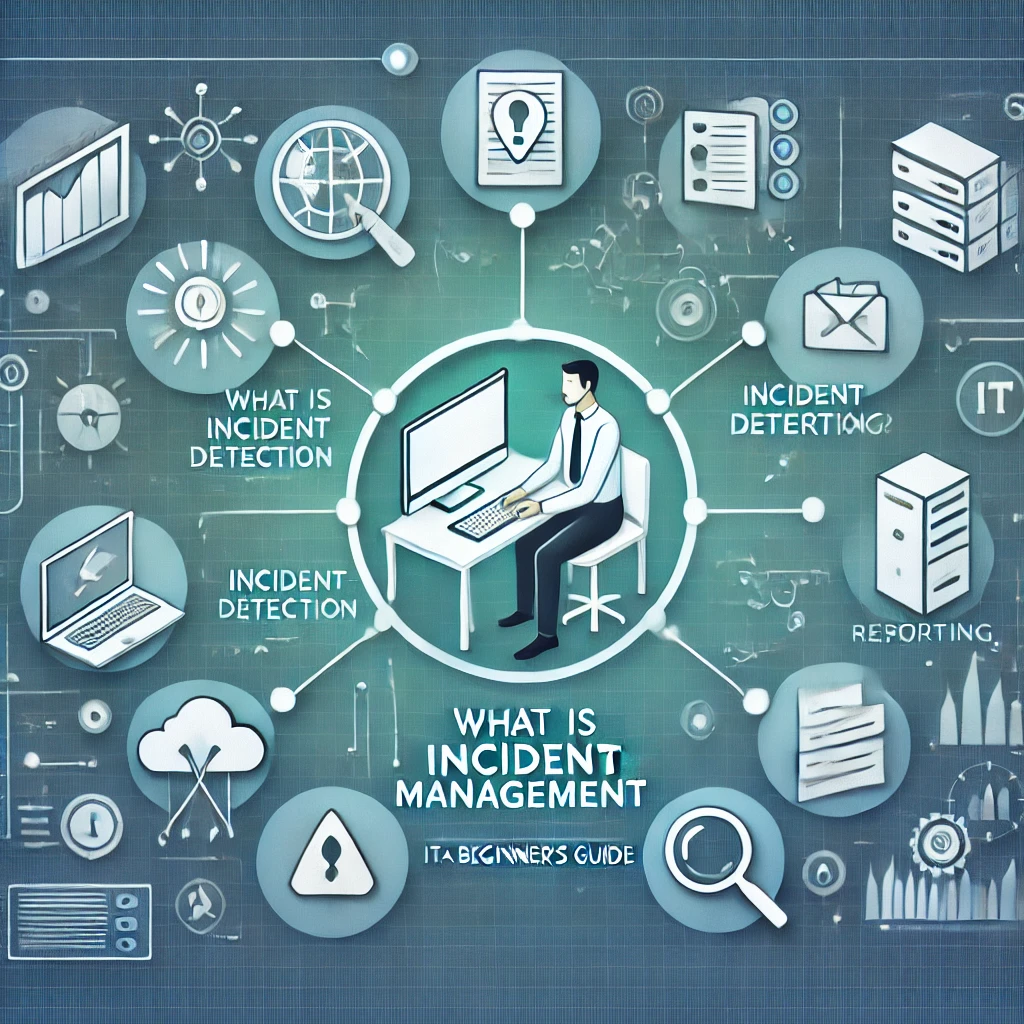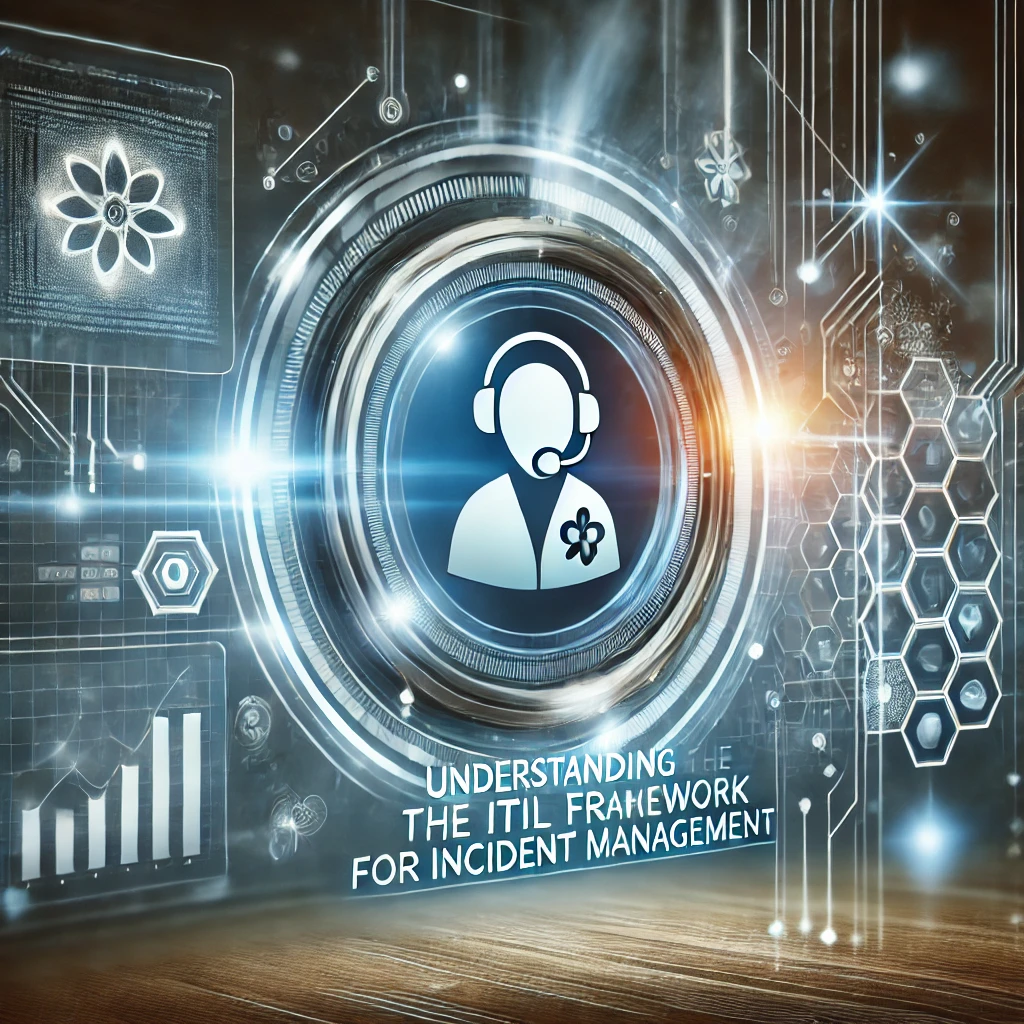Best Practices for Effective Incident Management
Introduction
Best Practices for Effective Incident Management: A well-structured incident management process is crucial for maintaining business continuity and minimizing the impact of IT disruptions. In this blog, we will explore the best practices that can help organizations manage incidents effectively and improve overall IT service reliability.
1. Establish a Clear Incident Management Process
Why It Matters:
Having a well-defined process ensures that incidents are handled efficiently, reducing downtime and business impact.

Best Practices:
- Define incident categories and priorities.
- Create standard operating procedures (SOPs) for handling incidents.
- Implement a centralized incident tracking system.
2. Implement a Robust Monitoring System
Why It Matters:
Proactive monitoring helps detect issues before they escalate into major incidents.

Best Practices:
- Use tools like New Relic, Grafana, and Splunk to monitor IT systems.
- Set up automated alerts for early detection.
- Conduct regular system health checks.
3. Prioritize and Categorize Incidents Effectively
Why It Matters:
Not all incidents have the same level of impact. Proper categorization ensures critical issues are addressed first.
Best Practices:
- Define a clear priority matrix (Critical, High, Medium, Low).
- Assign response SLAs based on incident priority.
- Use an ITSM tool for tracking incidents.
4. Improve Communication and Collaboration
Why It Matters:
Clear and timely communication reduces confusion and speeds up incident resolution.
Best Practices:
- Use collaboration tools like Slack, Microsoft Teams, or PagerDuty.
- Establish a communication protocol for major incidents.
- Keep stakeholders informed throughout the incident lifecycle.
5. Conduct Root Cause Analysis (RCA) and Post-Incident Reviews
Why It Matters:
Identifying the root cause prevents recurring incidents and improves future response strategies.

Best Practices:
- Conduct post-incident reviews (PIRs).
- Document lessons learned and corrective actions.
- Maintain a knowledge base for recurring issues.
6. Train and Certify Incident Management Teams
Why It Matters:
A well-trained team responds to incidents more effectively, reducing resolution time.
Best Practices:
- Provide continuous training on ITSM best practices.
- Encourage certifications like ITIL, PMP, or DevOps.
- Conduct incident simulation exercises regularly.
Conclusion
Following these best practices can significantly improve incident response times, minimize downtime, and enhance overall IT service management. Organizations should continuously refine their incident management processes to adapt to new challenges and technological advancements.
Learn More:
Common Challenges in Incident Management
Essential Technical Skills for Aspiring Incident Managers
Understanding the ITIL Framework for Incident Management
Key Roles and Responsibilities in Incident Management




